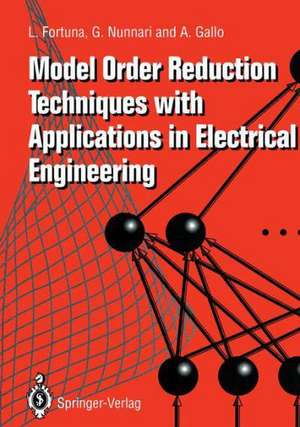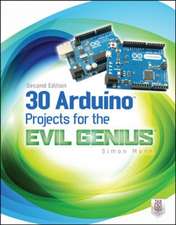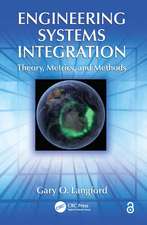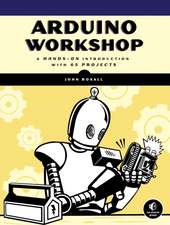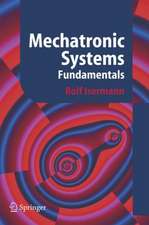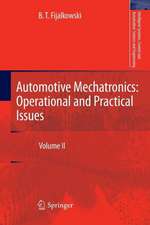Model Order Reduction Techniques with Applications in Electrical Engineering
Autor L. Fortuna, G. Nunnari, A. Galloen Limba Engleză Paperback – 2 dec 2011
Preț: 696.18 lei
Preț vechi: 819.03 lei
-15% Nou
Puncte Express: 1044
Preț estimativ în valută:
133.22€ • 142.45$ • 111.07£
133.22€ • 142.45$ • 111.07£
Carte tipărită la comandă
Livrare economică 18 aprilie-02 mai
Preluare comenzi: 021 569.72.76
Specificații
ISBN-13: 9781447132004
ISBN-10: 1447132009
Pagini: 248
Ilustrații: XII, 232 p.
Dimensiuni: 170 x 242 x 13 mm
Greutate: 0.4 kg
Ediția:Softcover reprint of the original 1st ed. 1992
Editura: SPRINGER LONDON
Colecția Springer
Locul publicării:London, United Kingdom
ISBN-10: 1447132009
Pagini: 248
Ilustrații: XII, 232 p.
Dimensiuni: 170 x 242 x 13 mm
Greutate: 0.4 kg
Ediția:Softcover reprint of the original 1st ed. 1992
Editura: SPRINGER LONDON
Colecția Springer
Locul publicării:London, United Kingdom
Public țintă
ResearchCuprins
1 Introduction.- 1.1 Introduction.- 1.2 Formalisation of a model reduction problem.- 1.3 The importance of model order reduction.- 1.4 Notations and mathematical backgrounds.- References.- 2 Model Reduction.- 2.1 Overview of common model order reduction methods.- 2.2 Frequency domain methods for model order reduction.- 2.3 Time domain methods for model order reduction.- 2.4 Balanced realisation-based model order reduction.- 2.5 Balancing approaches for symmetrical systems.- 2.6 “Hankel”-based methods.- 2.7 Model order reduction examples.- References.- 3 Guidelines for Obtaining Low Order Models.- 3.1 Introduction.- 3.2 Reasons for using an expert system.- 3.3 Approaches for dealing with uncertainty.- 3.4 A suitable software environment for EXPRED.- 3.5 Expertise organisation.- 3.6 Consultation of the expert system.- 3.7 Quantitative assessment of reduced model performance.- References.- 4 Applications in Electrical Engineering.- 4.1 Introduction.- 4.2 Power system model order reduction.- 4.3 Model order reduction in transient electromagnetic phenomena.- 4.4 Approximated model identification of electrical induction machines.- 4.5 The approximated flywheel generator converter model in the JET (Joint European Torus) load.- 4.6 The Kokotovic reduced-order regulator problem.- 4.7 Techniques for characterising electrical network properties and model order reduction.- References.- 5 Advanced Topics in Model Reduction.- 5.1 Reduced-order models of high-order systems with bounded parameters.- 5.2 High-order systems with low-order compensators.- 5.3 Multidimensional system approximation.- 5.4 Balancing techniques for very large scale systems.- 5.5 Model order reduction for linear time-varying systems and non-linear systems.- 5.6 Towards unified software support for modelorder reduction.- 5.7 New software tools for model order reduction.- 5.8 Concluding remarks.- References.- Appendix A EXPRED Decision Tree.- Appendix B MATLAB Program Codes of the Main Reduction Algorithms.
